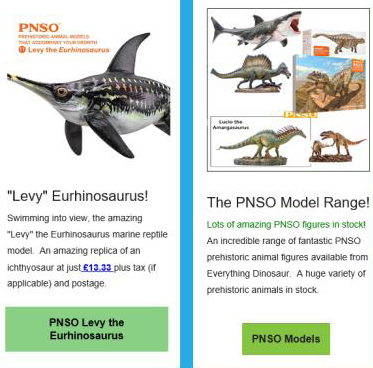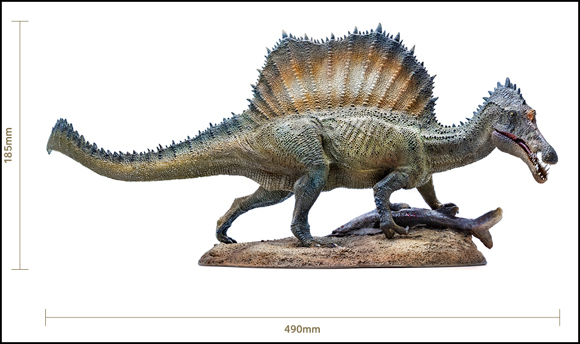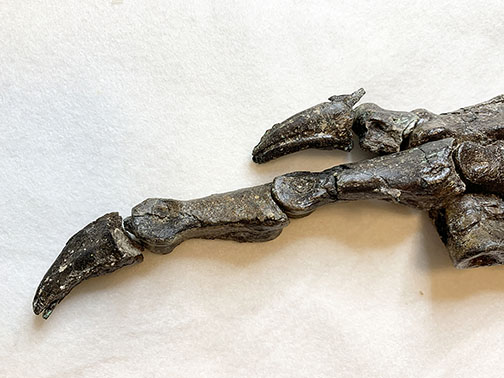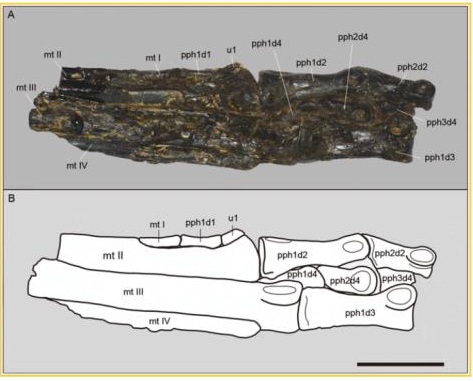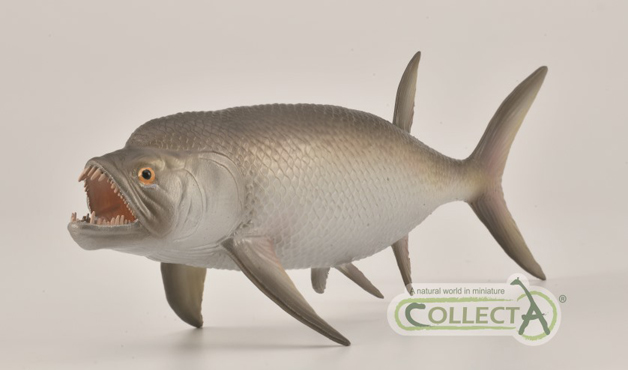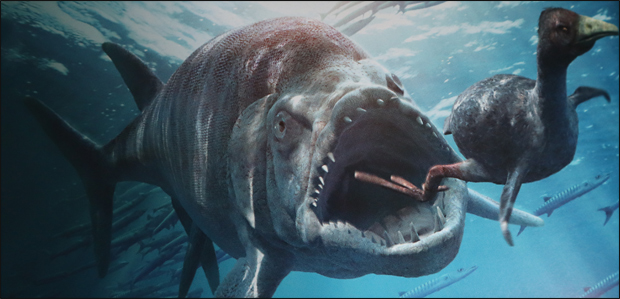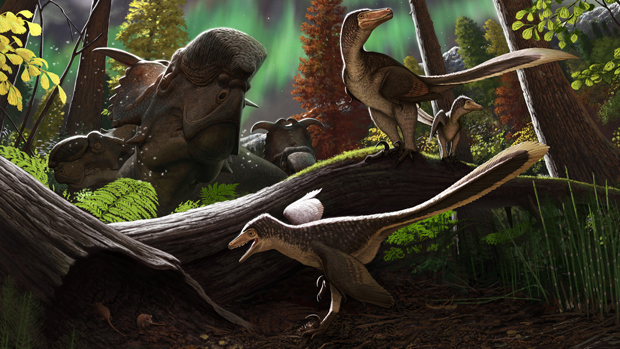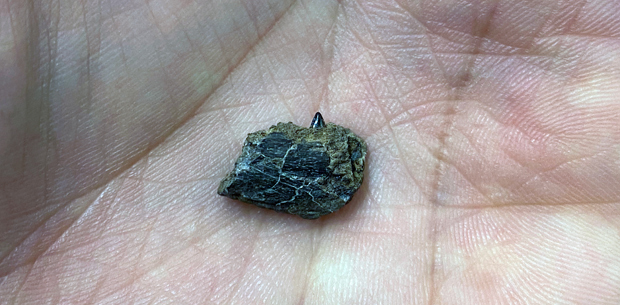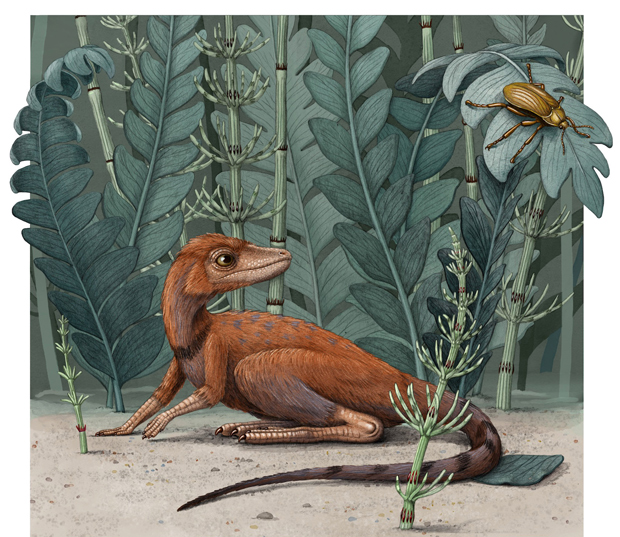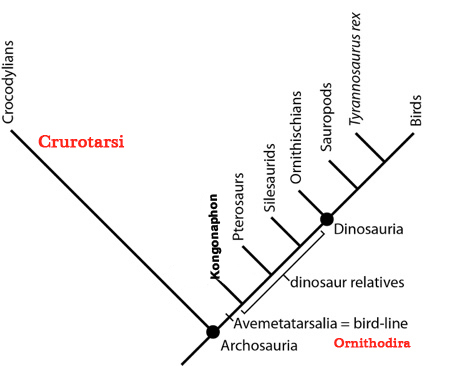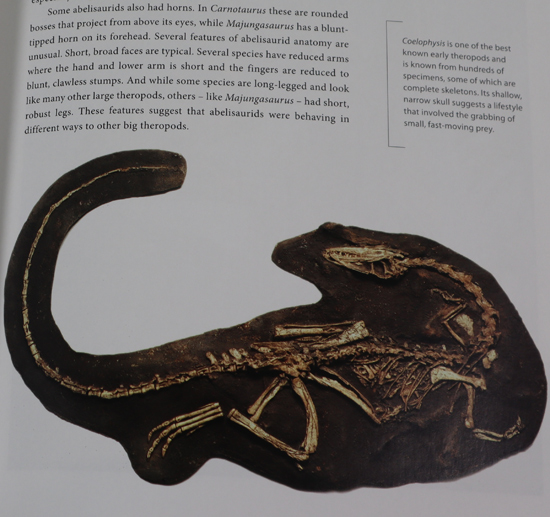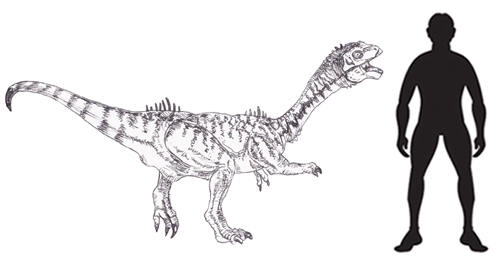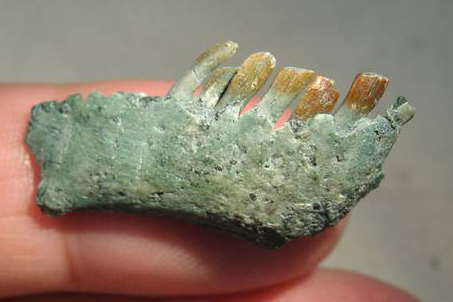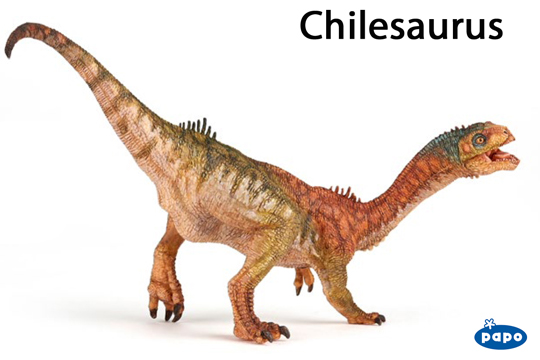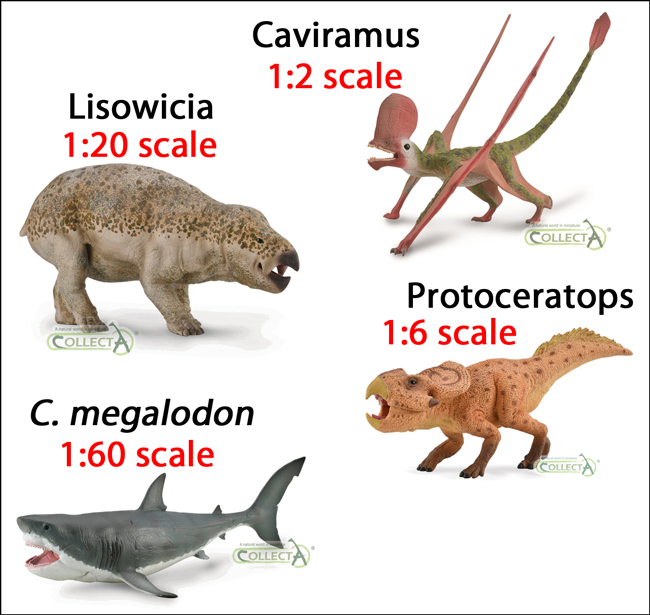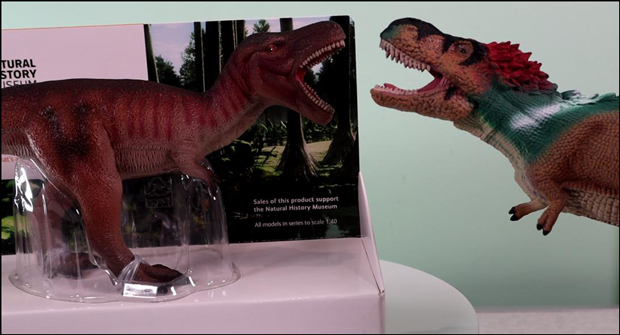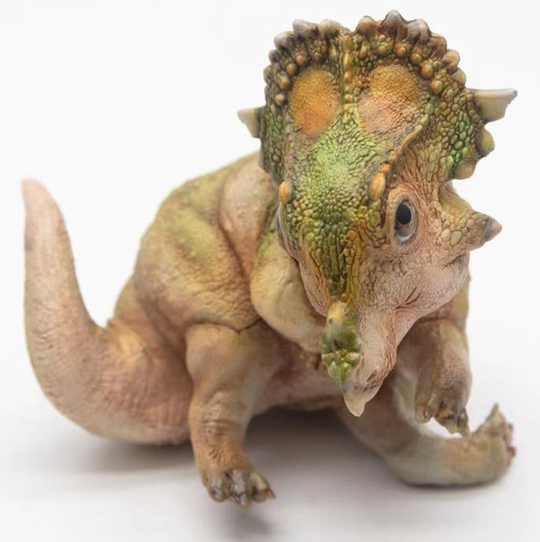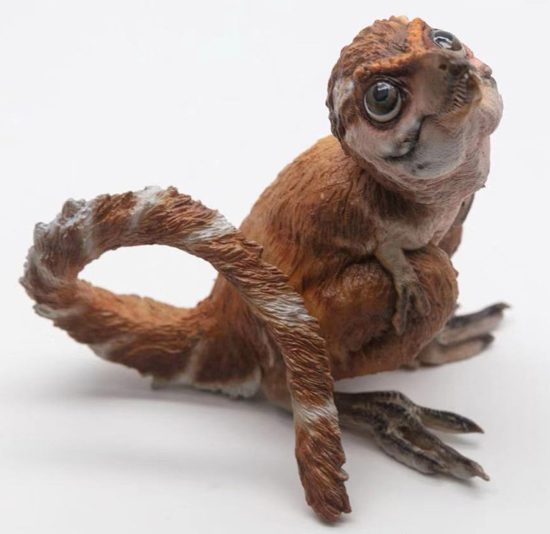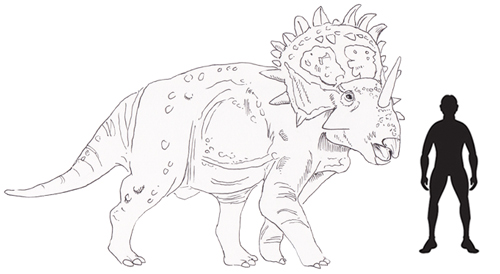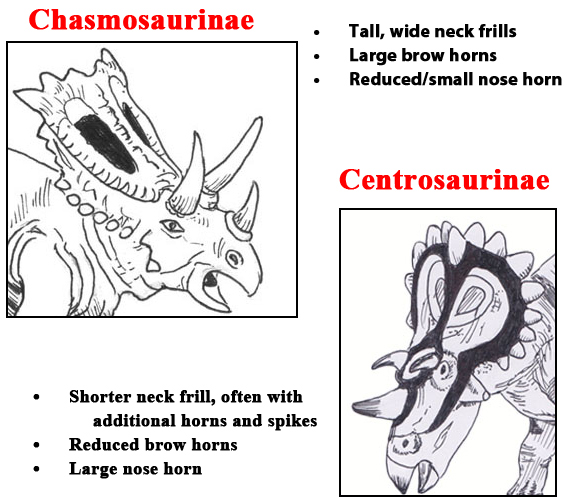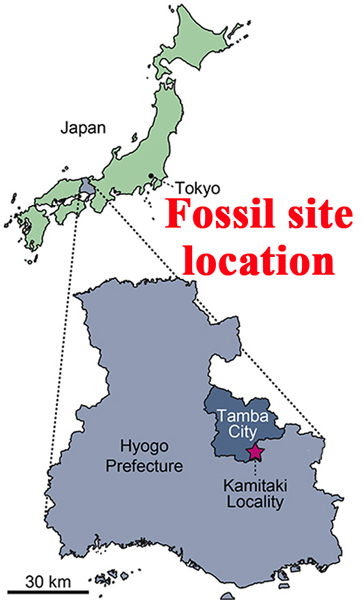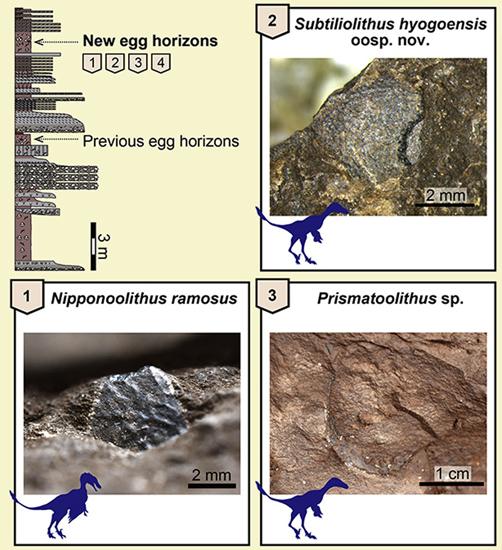New PNSO Models Feature in Newsletter
Wilson, Aaron and A-Qi Make Their Debuts in Everything Dinosaur Newsletter
The first Everything Dinosaur newsletter for July featured some old and new friends. Our shipment of PNSO prehistoric animal figures had arrived so we were able to feature the new Tyrannosaurus rex colour variant “Wilson” along with the new pair of young dinosaur figures – Aaron and A-Qi. In addition, the shipment contained several lines that had been out of stock, including the Giganotosaurus, the Amargasaurus and the Eurhinosaurus models.
A Headline Act – “Wilson” the New Colour Variant T. rex Model Features in the Everything Dinosaur July Newsletter
Picture credit: Everything Dinosaur
Two Young Dinosaur Models in the Everything Dinosaur Newsletter
Our newsletter also trumpeted the arrival of two new figures from PNSO. Aaron the young T. rex and A-Qi the adorable young Sinoceratops. These two figures are the only new models to be released by PNSO this year, as far as we at Everything Dinosaur are aware. In our regular conversations with PNSO, we have been informed that although the company has plans to release more new models in the future, it is unlikely that they will be bringing out anything else until after Christmas. Naturally, should the position at PNSO change, we shall make sure that we inform all our fans and followers.
Two New PNSO Models in Stock Aaron the Young T. rex and A-Qi the Young Sinoceratops
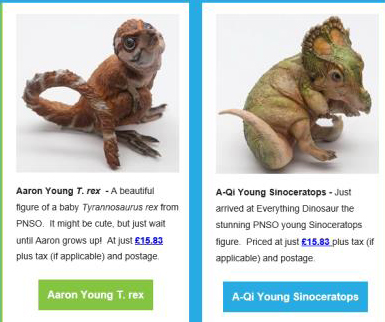
Picture credit: Everything Dinosaur
To view the new PNSO prehistoric animal figures and to check out what else has arrived at Everything Dinosaur from PNSO: PNSO Age of Dinosaurs.
The Return of Some Favourites
Lots of old PNSO favourites are back in stock at Everything Dinosaur too. All the waitlists have been activated for the PNSO products. Customers wanting to know about the arrival of “Lucas” the Giganotosaurus, “Er-ma” the Mamenchisaurus and “Nick” the Ceratosaurus have received priority emails to help them keep informed of product developments. Customers on our newsletter subscription database were also informed swiftly.
The 1:35 scale Giganotosaurus and “Duke” the Stunning Spinops are in Stock at Everything Dinosaur
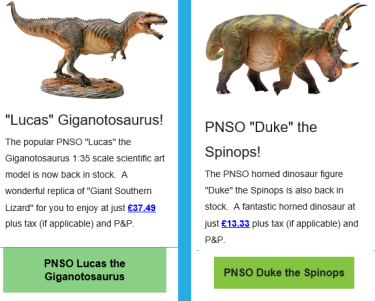
Picture credit: Everything Dinosaur
“Levy” the PNSO Eurhinosaurus and Lots of Other Models Available
Picture credit: Everything Dinosaur
Visit the Everything Dinosaur website: Everything Dinosaur.
Eurhinosaurus Swims into View
The amazing “Levy” a beautiful model of a marine reptile (ichthyosaur), is also available along with both C. megalodon figures and “Sede” the Ankylosaurus. There is also a limited supply of “Essien” the 1:35 scale Spinosaurus available too.
The Magnificent PNSO Spinosaurus Figure – “Essien”
Picture credit: Everything Dinosaur
Subscribe to the Everything Dinosaur Newsletter
Subscribing to Everything Dinosaur’s newsletters is really easy, to get updates, information about new releases, dinosaur discoveries and fossil news, just drop us an email.
To request to join the Everything Dinosaur newsletter subscribers list just email: Email Everything Dinosaur.



